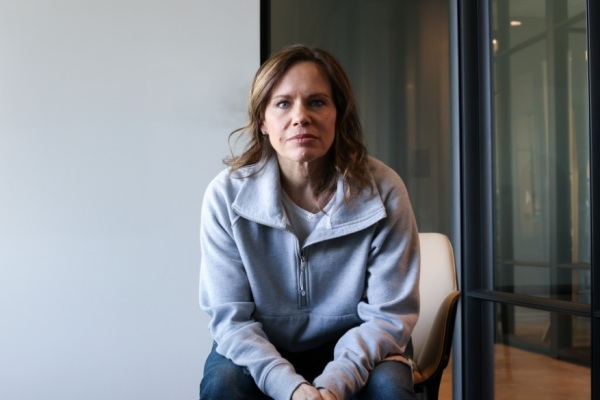Film and Suicide
For years, the entertainment industry has laughed off warnings from Christians and others about the link between depictions of sex, violence, and nihilism in the media and what happens in the real world. They dismiss critics like you and me by saying young people make their own choices and can clearly distinguish between what they see on screen with what goes on in their own lives. But common sense, experience, and studies show this isn’t necessarily the case.
For instance, news outlets for years have voluntarily adhered to strict reporting standards concerning suicide, because the evidence of copycat suicides is so clear and uncontroversial. One academic study spoke of “the need to actively restrain reporting of suicides to decrease the imitation effect.”
Well, what about when suicide is dramatized on television or the silver screen? Here, the evidence has been less clear, but according to a new report by the Annenberg Public Policy Center at the University of Pennsylvania, the number of explicit and graphic portrayals of suicides in R- and PG-13-rated movies tripled from 1950 to 2006. Over nearly the same period, the incidence of teen suicide in the United States has - you guessed it - tripled.
The Annenberg researchers say, of course, that it’s impossible to prove a causal connection, and further study is warranted. I should say so.
One researcher notes: “We know … that exposure to movie-portrayed suicide correlates with thinking that one cannot get effective treatment for mental health problems.” The researcher goes on to add: “There is something seriously wrong with a movie ratings system that attaches a PG-13 rating to a movie containing explicit, graphic modeling of suicide.”
So why do they do it? Of course, for profits; but why is this kind of depiction even profitable in the first place? And why are we drawn to this kind of thing, like a moth to the flame?
Well, I submit that it’s because the culture of death is alive and well in Western society. Too many people, young and old alike, have lost sight of the Lord of life and see no alternative but to embrace this culture of death. That’s why abortion, euthanasia, and even suicide are not only glorified in the media, but commercially profitable.
It won’t do to simply rail against the media - though sometimes that is called for. Yes, we need to use every means of persuasion we have to oppose the glorification of evils like suicide. But, even more importantly, we need to lovingly bring people back from the brink of death and give them a reason to live. And that reason is Jesus.
As John Paul II wrote in his Evangelium vitae, the gospel of life “has a profound and persuasive echo in the heart of every person - believer and non-believer alike - because it marvelously fulfils all the heart's expectations while infinitely surpassing them.”
The gospel of life in all its glory is the only cure for the culture of death. And, as I explain on today’s “Two-Minute Warning” at ColsonCenter.org, it is also the remedy for another malady that often grips believers and unbelievers - and that is the fear of death.
Llet’s you and I re-commit ourselves to pointing everyone we know to the great fulfillment of every heart’s expectation.





















